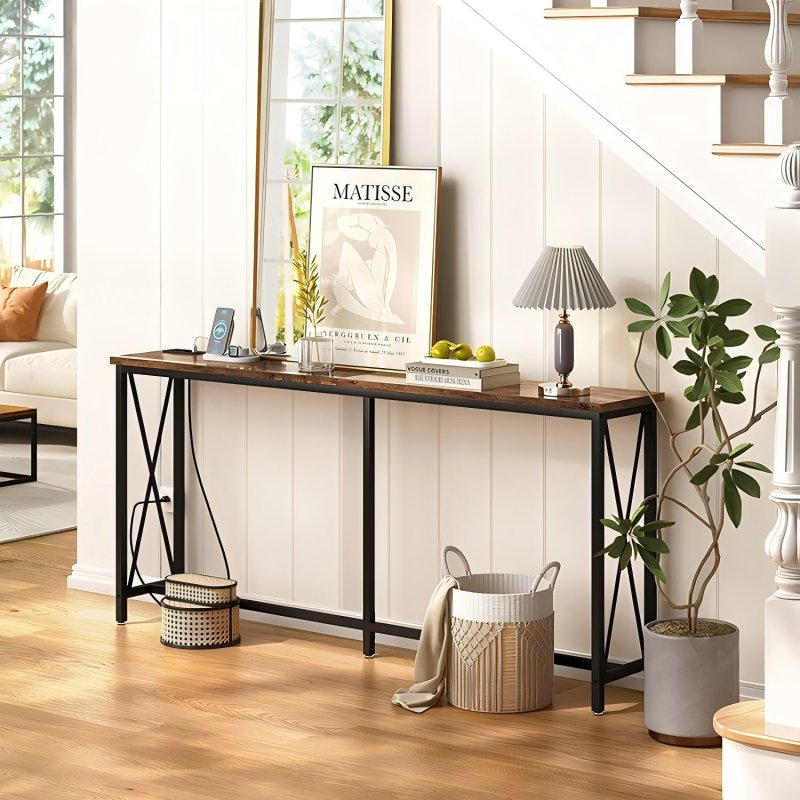What Size Sideboard for Dining Room
Selecting the right sideboard size requires balancing functional storage needs with spatial harmony. An incorrectly sized piece can disrupt room flow, limit usability, or appear visually disproportionate. This guide outlines key considerations for determining the optimal dimensions based on empirical design principles.
Table of Contents
Core Dimensions and Proportions
Sideboards typically range:
Width: 50–80 inches
Depth: 16–22 inches
Height: 30–36 inches
The ideal size depends on three factors: dining room dimensions, dining Table size, and storage requirements.
1. Room Size and Layout
Small Dining Rooms (under 120 sq. ft.)
Compact sideboards: 50–60 inches wide, 16–18 inches deep
Maintain at least 36 inches of clearance between the sideboard and chairs for easy movement.
Medium to Large Dining Rooms (120+ sq. ft.)
Larger units: 60–80 inches wide, 18–22 inches deep
Keep 42–48 inches of walkway space around the furniture to prevent crowding.
2. Dining Table Proportionality
A sideboard should not exceed 75% of the dining table’s length.
Examples:
72-inch table → sideboard up to 54 inches
96-inch table → sideboard up to 70–72 inches
This balance prevents visual dominance and ensures proportion.
3. Functional Storage Needs
Minimum Storage (4–6 people):
50–60 inches wide, 2–3 drawers, 1–2 cabinetsStandard Storage (8–10 people):
60–70 inches wide, 4–6 drawers, 2 cabinetsExtended Storage (entertaining + linens):
70–80 inches wide, multiple compartments, adjustable shelves
Placement Guidelines
Wall Placement
Position against the longest uninterrupted wall.
Avoid windows and doorways to preserve light and circulation.
Height Considerations
Standard: 30–36 inches, aligning with most dining tables.
Taller (up to 40 inches): Works in high-ceiling rooms but may overshadow the table.
Depth Constraints
18–20 inches: Ideal for dinnerware without intrusion.
Over 22 inches: Risk of blocking circulation in narrower rooms.
Material and Design Impact
Light Materials (light wood, painted): Make larger units feel less bulky.
Dark Materials (walnut, black): Add visual weight; reduce width by 10–15%.
Open Shelving: Feels airy but requires tidy organization.
Common Sizing Mistakes
Oversizing: Longer than the dining table → creates imbalance.
Insufficient Clearance: Less than 36 inches disrupts serving and movement.
Height Disregard: Too tall compared to table height disrupts sightlines.
Empirical Recommendations
8-Seater Table (84–96 inches): Best with 60–68 inch sideboard.
Open-Plan Rooms: Use sideboard to define zones, max 70% of table length.
Storing Large Platters: Ensure cabinet interiors are 16+ inches deep.
Conclusion
The correct sideboard size depends on precise dining room and table measurements, combined with realistic storage assessments. Prioritize proportion over capacity, and always confirm clearance before purchase. A well-sized sideboard enhances storage, supports entertaining, and preserves visual equilibrium. For custom solutions, document room dimensions and storage needs to determine the ideal specifications.

Previous: Can You Use A Vanity As A Desk

